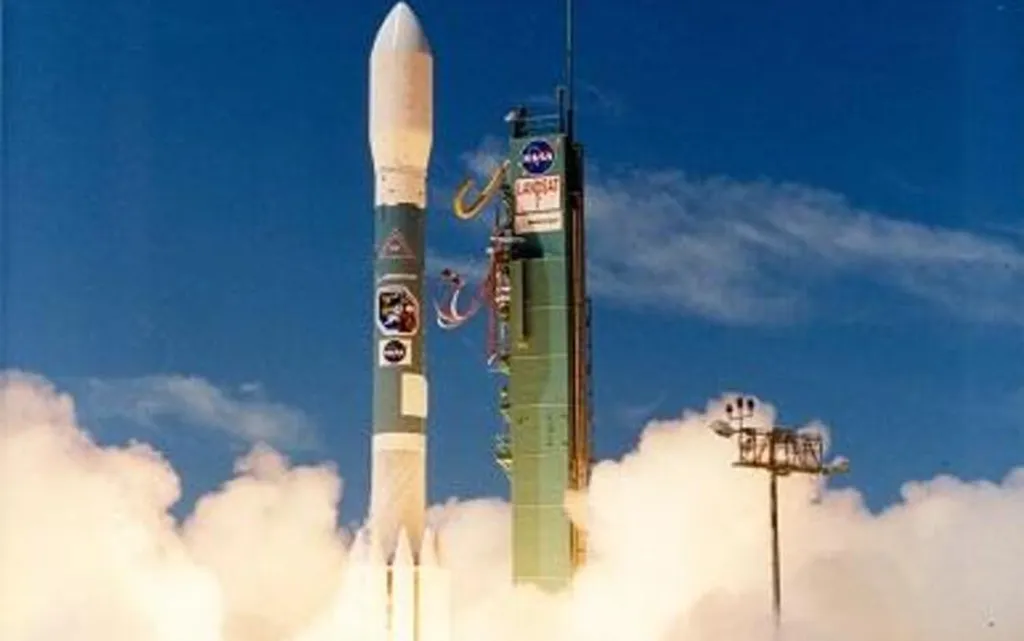In a world where the plates of the hungry and the health of ecosystems seem to be at odds, a glimmer of hope emerges from the pages of a new systematic review published in *Frontiers in Sustainable Food Systems*. The study, led by Mai Nishigabiraki, delves into the intricate dance between food security and biodiversity conservation, offering a roadmap for a future where both can thrive.
The research, which combed through a decade’s worth of academic papers, reveals a stark reality: the intersection of food security and biodiversity conservation remains a relatively unexplored frontier. Out of the vast expanse of biodiversity research, only a mere 0.76% directly addresses its link with food security. This paucity of research underscores the urgent need for more studies that bridge these critical areas.
The study’s cluster analysis categorized the existing research into five distinct themes, highlighting the multifaceted nature of the food security-biodiversity nexus. “The integration of biophysical-technical and socio-political approaches is advancing,” Nishigabiraki notes, pointing to a promising trend towards finding win-win solutions. However, she cautions that the overall volume of such research is still limited, leaving key challenges unaddressed.
One of the most pressing challenges identified is the underdevelopment of research on the political and economic dimensions of the food security-biodiversity nexus. “The disparities in the number of studies and topics serve as indicators of areas where further research is needed,” Nishigabiraki explains. This gap is particularly crucial for the agriculture sector, which stands to gain significantly from a deeper understanding of how to balance food production with biodiversity conservation.
The commercial impacts of this research could be profound. As the global population continues to grow, so does the demand for food. Yet, the current food system places a heavy burden on biodiversity, threatening the very ecosystems that underpin food production. By fostering a better understanding of the food security-biodiversity nexus, this research could pave the way for more sustainable and resilient agricultural practices.
Moreover, the study underscores the need for research that encompasses the entire food supply chain. From farm to fork, every link in the chain plays a role in shaping the relationship between food security and biodiversity. By addressing these gaps, the agriculture sector can not only enhance its productivity but also contribute to the conservation of biodiversity.
As we stand on the precipice of a new era in food systems, this research serves as a clarion call for more integrated, interdisciplinary approaches. It challenges us to think beyond the traditional boundaries of food security and biodiversity conservation, and to explore the complex interplay between them. In doing so, we can unlock new opportunities for a more sustainable and food-secure future.
Published in *Frontiers in Sustainable Food Systems*, this study, led by Mai Nishigabiraki, offers a compelling vision for the future of food systems. By bridging the gap between food security and biodiversity conservation, we can create a world where both people and the planet can thrive. The journey towards this future starts with a single step: more research, more understanding, and more action.

